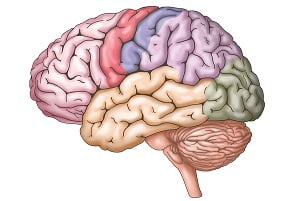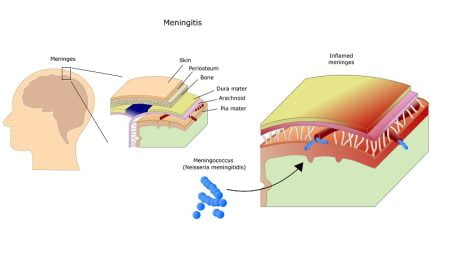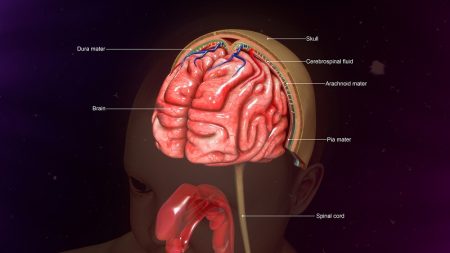Stiff Neck Meningitis
- Updated on: Jun 24, 2024
- 3 min Read
By
- Published on Oct 3, 2019


What is stiff neck pain?
Stiff neck is a type of soreness experience by a person along with difficulty moving the neck, especially along the sides. It is accompanied by headache, neck pain and shoulder pain.
The person experiences severe pain while looking sideways or over the shoulder. Because of the pain, the entire body is turned instead of the stiff neck. The neck might be able to flex a little in case of moderate pain or it might not flex at all if the pain is unbearable and severe.
How is meningitis responsible for stiff neck pain?
Mostly, the main causes of stiff neck pain are minor muscle strains or ligament sprains. A stiff neck caused by meningitis is completely different because it is caused by a potentially life-threatening infection.
The meninges are the protective tissue layers covering the brain and spinal cord. Meninges are also of two types. One is the cranial meninges that cover the brain and protect it from the skull and the second is spinal meninges that cover the spinal cord and protect it from the cervical spine (neck) and thoracic spine (chest) in such a way they their direct contact is prevented.
In addition to protecting the brain and spinal cord, the meninges also:
- help direct the flow of blood to the skull and brain
- transport cerebrospinal fluid (flows through the cranial meninges into the spinal meninges)
Most commonly in meningitis, the cerebrospinal fluid and its surrounding meninges, which are the arachnoid mater (middle layer of meninges) and pia mater (innermost layer of meninges), get infected and inflamed. The dura mater (the outermost layer of meninges) may have little or no inflammation. The nerve fibers of dura mater may become activated and contribute to the neck pain and rigidity.
Is stiff neck pain due to meningitis?
If the patient is experiencing symptoms such as neck stiffness, severe headache and/or is exposed to infection, he should go for some clinical tests. These tests could include:
Nuchal rigidity
Nuchal rigidity refers to a condition when the neck cannot flex forward. This could be due to stiffness in the neck muscles to avoid painful movements of the meninges within the cervical spine.
Brudzinski’s sign
With the patient lying on the back, the head is gently lifted upward. If the head movement brings flex in the hips and knees Brudzinski’s sign is positive.
The explanation for this test is that when the neck is moved upward, the inflamed meninges surrounding the spinal cord get to stretch. In order to reduce the tension, the hips and knees reflexively move upward.
Kernig’s sign
With the patient lying on his back, the knee is lifted and then the leg is gradually extended. If the leg is not extended properly and is accompanied by pain, Kernig’s sign is considered positive.
Jolt accentuation
A patient with a headache and fever is asked to turn his head side to side two or three times per second. If a headache worsens, the test is considered positive.
Positive results for Brudzinski’s sign, Kernig’s sign, and jolt acceleration together with fever and headache indicate a greater likelihood of meningitis to be present.
In addition to these tests, diagnostic lab results from the spinal tap are needed to make an official meningitis diagnosis.












